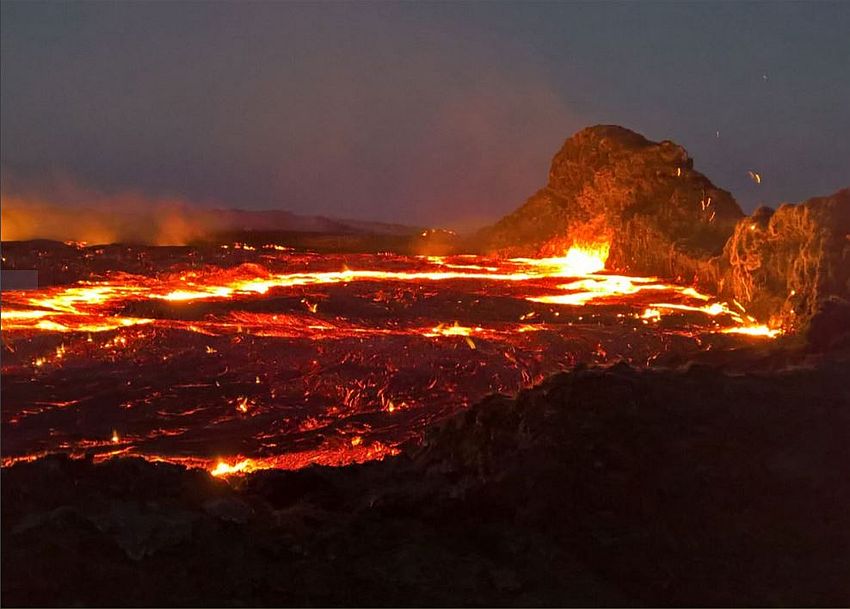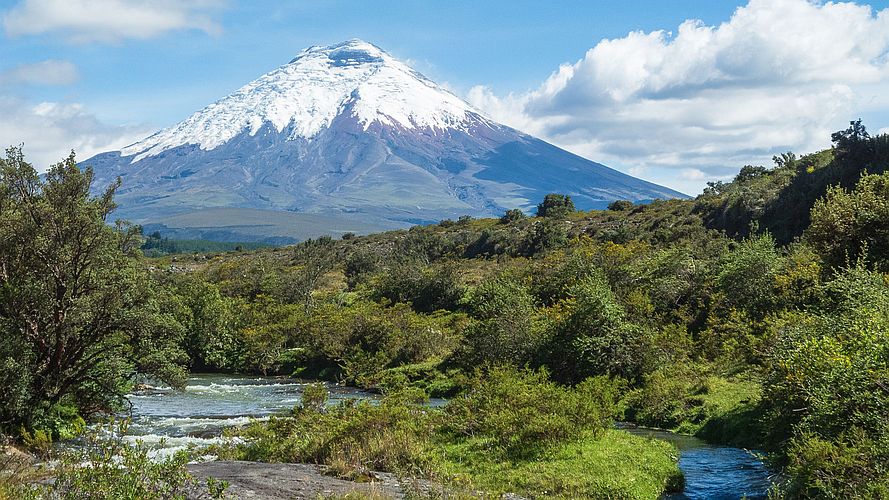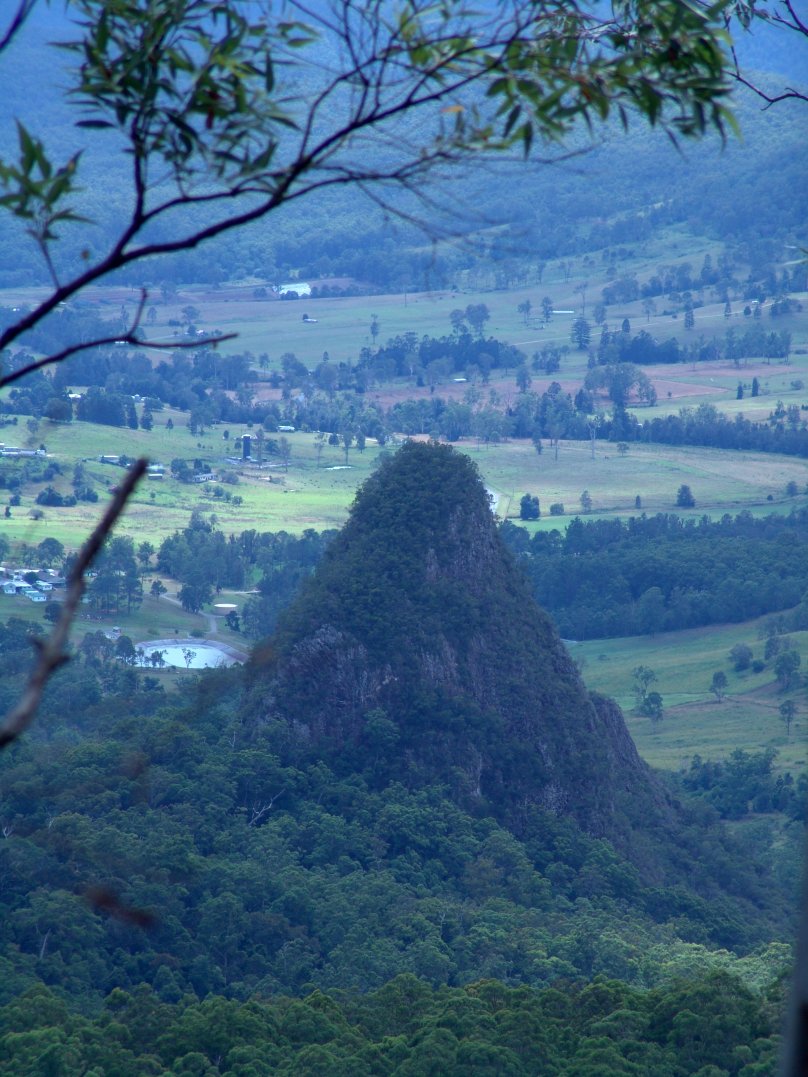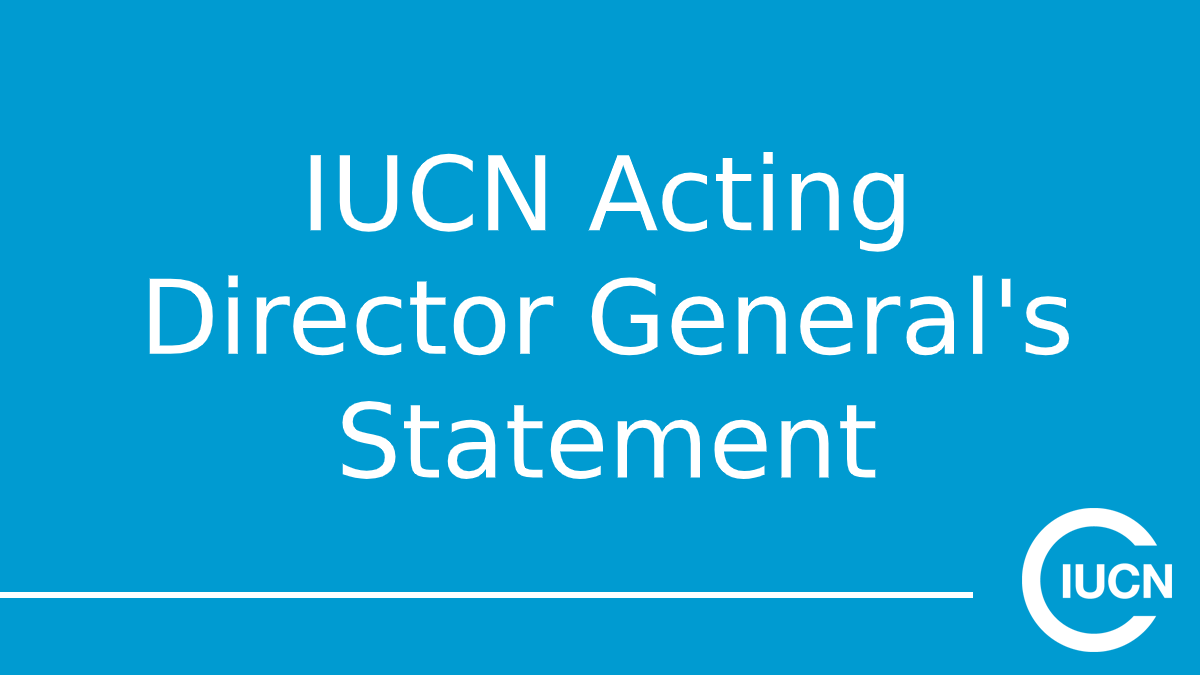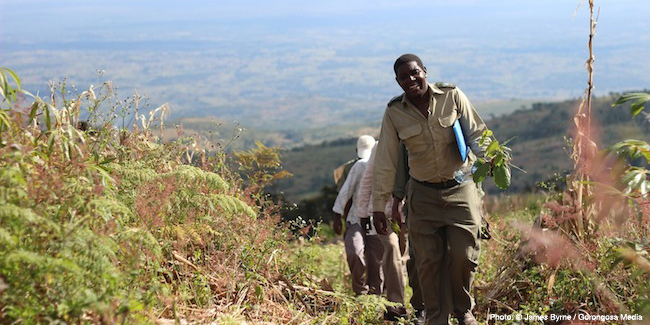IUCN report makes new proposals for listing World Heritage volcanoes
Eighteen volcanic landscapes around the globe are the most likely candidates for future inscription on the World Heritage List, according to a new IUCN study launched today at UNESCO’s World Heritage Committee meeting in Azerbaijan.
The study, “World Heritage Volcanoes”, presents a comprehensive analysis of existing World Heritage volcanoes, as well as those listed as UNESCO Biosphere Reserves and UNESCO Global Geoparks, and identifies potential new World Heritage sites.
“Volcanoes are iconic representations of our dynamic planet, but identifying a select list of the most outstanding of these is a challenge that this study helps to address,” says Peter Shadie, Director of IUCN’s World Heritage Programme. “IUCN stands ready to support states and communities meet the high standards of integrity, protection and management required for inscribing priority areas on the World Heritage List.”
The study makes recommendations on priorities for future nominations of volcanoes, highlighting 18 sites as having potential for World Heritage status, and other ones that may be worth considering. Decisions to take forward any nominations – or proposals for inscription – rest with the states parties to the World Heritage Convention and each nomination is subject to rigorous evaluation.
The identified sites include Ethiopia’s Erta Ale, which boasts Earth’s longest-lived lava lake and whose volcano is referred to as the “gateway to hell” by the local population. In Ecuador, the iconic Cotopaxi Volcano is a stunningly beautiful Andean volcano and one of the world’s highest-elevation active volcanoes. Tambora Caldera in Indonesia is known for the largest explosive eruption of the past 200 years, which caused a “year without a summer” in 1816 in Europe, North America, and Asia.
The study also considers how volcanic regions are represented on the World Heritage List. Volcano-rich regions that are unrepresented or poorly represented include the Southwest and Western Pacific, South America and North America, which has many excellent, well-studied and accessible examples of volcanoes.
The greatest abundance of active volcanoes is found in Indonesia (75), USA (65), Japan (58), the Russian Federation (52) and Chile (42). Of these five countries, Indonesia, Japan and Chile do not have any World Heritage sites listed specifically for their geological significance.
In order to develop a balanced and representative World Heritage List for volcanic sites, the study proposes a classification system based on plate tectonics. This makes it easier to understand and communicate the heritage values of earth dynamic, as volcanism offers visible evidence for many plate boundaries.
“World Heritage sites include iconic landscapes recognised for their value to the whole of humanity, so it is crucial to ensure that everyone – not just geologists – understand the importance of World Heritage volcanoes,” says Tom Casadevall, lead author of the report. “Very few volcanic sites could qualify for World Heritage status. Other designations such as Global Geoparks and Biosphere Reserves offer alternatives for protecting and recognising volcanic geoheritage.”
“World Heritage Volcanoes” is the result of four years of research led by three expert authors. It is an update of a previous IUCN thematic study prepared in 2009.
The study was made possible with the financial support of the Cultural Heritage Administration of the Republic of Korea.
